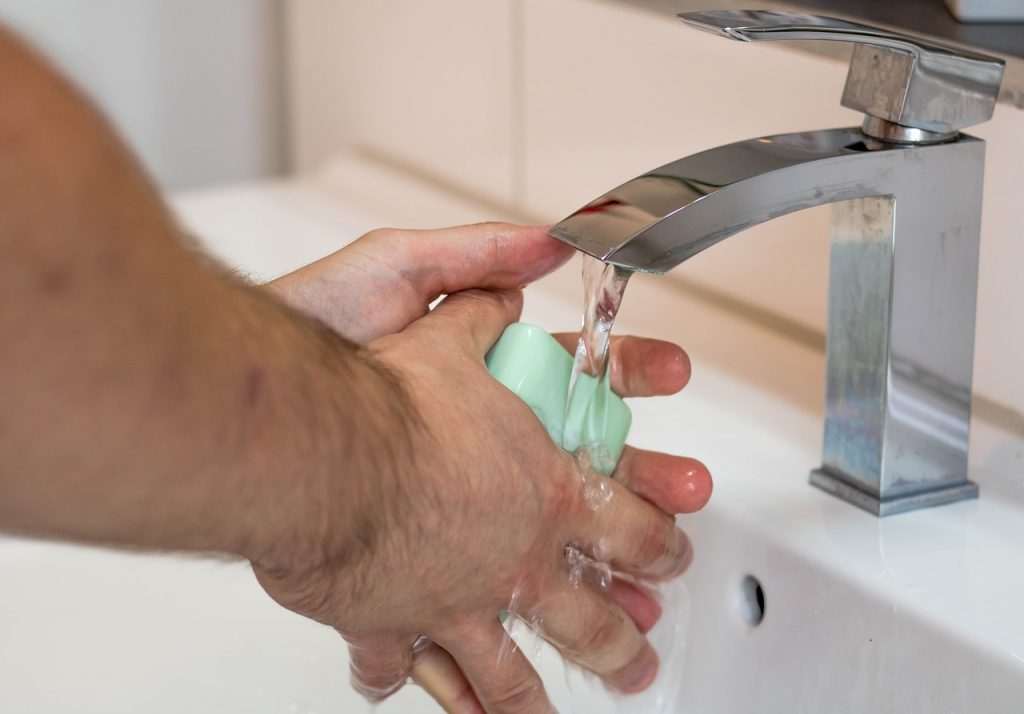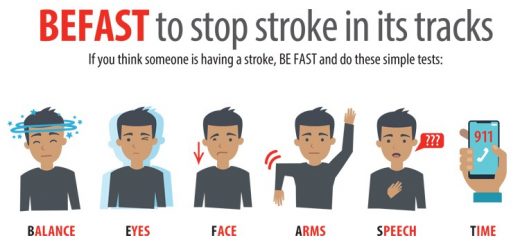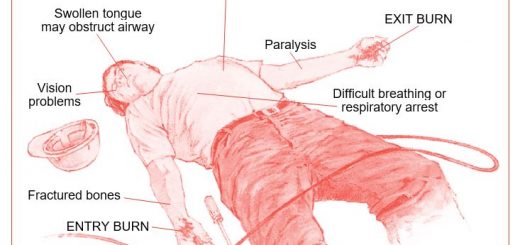When to Wash Your Hands in First Aid
Effective and frequent hand washing is the single most important means of preventing the spread of infection. First aiders must be aware of the proper hand hygiene protocols and when to wash their hands.
Many infections spread via the hands and the most effective way of preventing spread is by frequent, effective washing and drying. The aim is to remove organisms and prevent their spread either to oneself or to another person.
Avoid the use of nail brushes if possible as they quickly become heavily contaminated. Nailbrushes are only required if the hands are visibly soiled with organic matter. If they are required they should be for single use only.
Research shows that handwashing is rarely carried out in a satisfactory manner and the reluctance to wash hands is a major concern.

Organisms living on our hands
Both transient and resident organsims can be found on our hands.
Transient organisms – these are:
- Superficial
- Not part of the normal flora
- Transferred with ease from person to person
- Increased with damaged skin, moisture or ring wearing
- A common cause of cross-infection
- Easily removed with good hand washing
Resident organisms – these are:
- Deep-seated in skin folds, hair follicles, sweat glands and beneath fingernails
- Difficult to remove
- Part of the body’s natural defence mechanisms
- Common to all
- Rarely cause cross-infection but the risk is increased in warm moist conditions such as exist beneath gloves
Hands must be cleaned using soap and water if available or alcohol gel if running water is not available. Soap, and the actions involved in the hand washing process (including rinsing), physically removes transient organisms from the skin.
When should you wash your hands?
There is no pre-determined frequency for hand washing. It is determined by your actions, those completed and those intended. This is demonstrated below.
Do not wear gloves as a substitute for hand hygiene.
- Immediately before and after every episode of contact with a patient
- After handling contaminated items such as dressings, bedpans or urinals
- On arrival and before leaving the service location
- Before and after handling food
- Before and after wearing gloves
- Before and after removing any protective clothing
- Between each procedure when carrying out several consecutive procedures on one patient
- After visiting the toilet
- After blowing your nose or covering a sneeze
- After handling contaminated laundry and waste
- When they are visibly soiled – if hands are contaminated with body fluids they should be washed immediately
Using alcohol gel
The use of 70% alcohol gel should be used where hand washing is not possible.
- 70% alcohol gel is an effective alternative when soap and water are not available
- It can be used for rapid hand disinfection
- To use effectively, dispense required amount onto the hands, ensuring all areas of the hands are covered. Rub vigorously until the alcohol dries
- Contact dermatitis and true allergic reaction due to alcohol rub are both very rare
- If your hands are visibly soiled or feel dirty then they should be washed with soap and water as soon as possible





